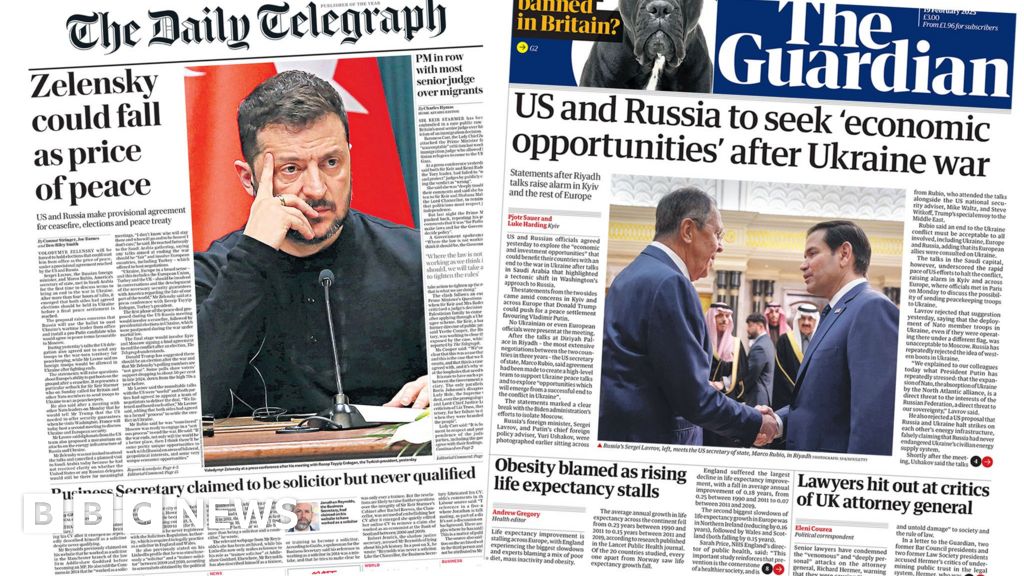Best. Date. Ever.
How would you feel if you had just left a first date and received this message?
Regardless of how well the date had actually gone, the answer is probably 'too intense'.
That's according to scientists from Binghampton University, who claim that adding extra periods to your texts makes them seem more intense.
In their study the researchers assessed two popular 'textisms' - using a full stop after each word, and putting each word into its own text bubble.
In both instances, these textisms were found to add emotional intensity to the messages.
'When a period is present in a text where it is not needed grammatically, or when a sentence is broken into a series of one-word texts, this serves a specific communicative function,' the researchers explained.
'The nonstandard period and visual presentation served as markers-extra, communicating an increased sense of intensity or emotion.'
Best. Date. Ever. How would you feel if you had just left a first date and received this message? Regardless of how well the date had actually gone, the answer is probably 'too intense'
In their study the researchers assessed two popular 'textisms' - using a full stop after each word, and putting each word into its own text bubble
Back in 2015, the researchers found that people who finish messages with full stops are perceived as insincere.
Speaking at the time, research leader Dr Celia Klin said: 'When speaking, people easily convey social and emotional information with eye gaze, facial expressions, tone of voice, pauses and so on.
'People obviously can't use these mechanisms when they are texting. Thus, it makes sense that texters rely on what they have available to them – emoticons, deliberate misspellings that mimic speech sounds and, according to our data, punctuation.'
Now, 10 years later, the same researchers set out to understand how two new textisms are perceived.
The first, dubbed the 'nonstandard period', involves adding a full stop after each word - such as 'Yuck. Get. An. Exterminator'.
The second, dubbed 'visual presentation', involves putting each word into its own text bubble.
Eighty participants were shown a series of text message exchanges between two people, and asked to rate how disgusted or frustrated the believed the texter was.
The results revealed that texts using nonstandard periods or visual presentation were rated as more emotionally intense.
The 'visual presentation' textism involves putting each word into its own text bubble
The results revealed that texts using nonstandard periods or visual presentation were rated as more emotionally intense
'Texters are much more limited than speakers in conveying important social and pragmatic information,' said Dr Klin.
'Textisms, such as irregular punctuation and deliberate misspellings, are sometimes used to replace the multimodal cues, such as and gestures, that are available in spoken language.
'Critically, our findings indicate that the recipients of texts often interpret textisms as they were intended, as conveying emotion and intensity.'
During spoken conversations, we expect our partner's contributions to be meaningful rather than random.
And the new study, published in Frontiers in Psychology, suggests that we also expect the same meaning in text messages.
'Readers assume that the decision to include a textism—such as including a period after each word or putting each word in its own text bubble—was deliberate and meaningful,' Dr Klin added.
'That is, they believe that the textisms were included to communicate meaning.'
The researchers say that further research is needed to investigate a range of factors - including the setting of the text message (at work vs with friends), the emotion conveyed, and the reader's characteristics.
'"Digital natives," raised when computer-mediated communication was already ubiquitous, may be more likely to interpret textisms meaningfully than "digital immigrants",' they added.
 (1).png)
 1 day ago
14
1 day ago
14














![[PICTORIAL] GWR: Nigerian Comedian, Dr. Laff, hits 15 hours in 50-hour stand-up comedy marathon](https://cdn.punchng.com/wp-content/uploads/2025/02/15181320/479547832_2884223478430997_3261883157385002673_n-1200x630.jpg)



